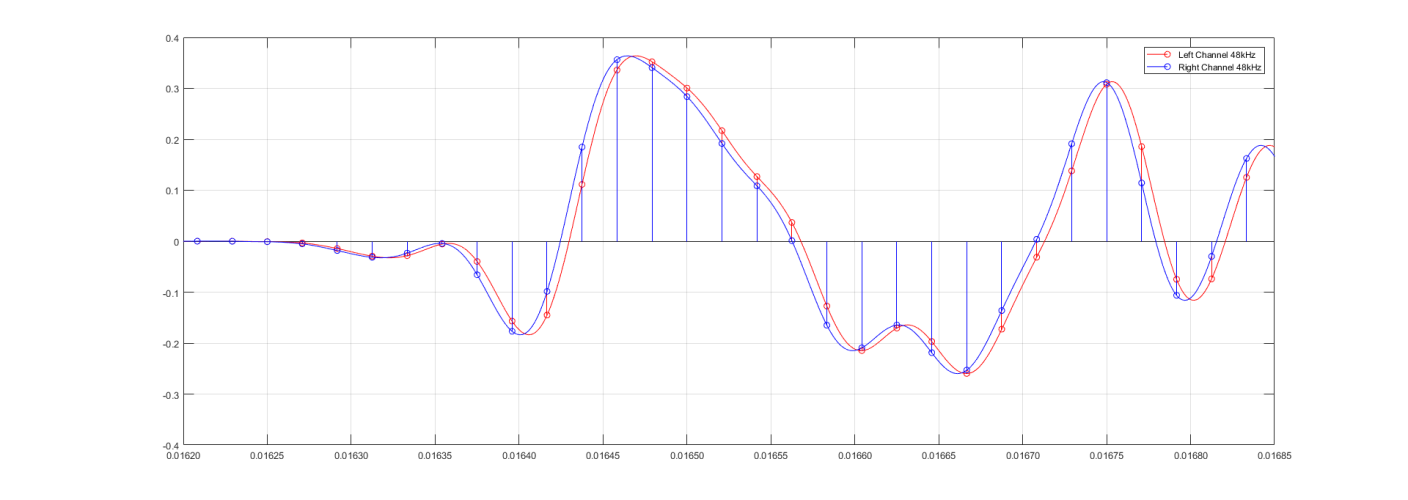A transient is made up of “entirely periodic content”, so it is the same! Again, why don’t you try it? Instead of using a duplicated 1kHz sine wave as per my suggestion, use a transient and duplicate that instead. I’m sure you can find a snare drum hit or some other sharp transient online.This is referring specifically to entirely periodic content, this is not the same for transient content
The graph does appear to agree with the measurements he states though.Can't see the graph there accurately enough to verify. I've ordered one to test though as I appear to have lost mine.
“Notable amount” in what sense, that you can see it on a graph, that you could design a test signal and whack the level up to a point that it would blow your ear drums out if it were a piece of music? You wouldn’t be able to note a 0.15dB in the most sensitive part of your hearing let alone way outside it, at 19.2kHz!Additionally it's still attenuating by a notable amount before 20khz iirc
No, that’s the whole point, there aren’t any. All the numerous studies over the decades since higher than 44.1/48kHz has been available all show results that are no better than random chance, 50% or roughly a percent either side. To get to 52% by adding a bunch of studies together, all you have to do is eliminate a single study with enough test subjects which showed say a 49% (statistically insignificant) success rate.Do you have examples of contrary studies you feel should have been included?
G













